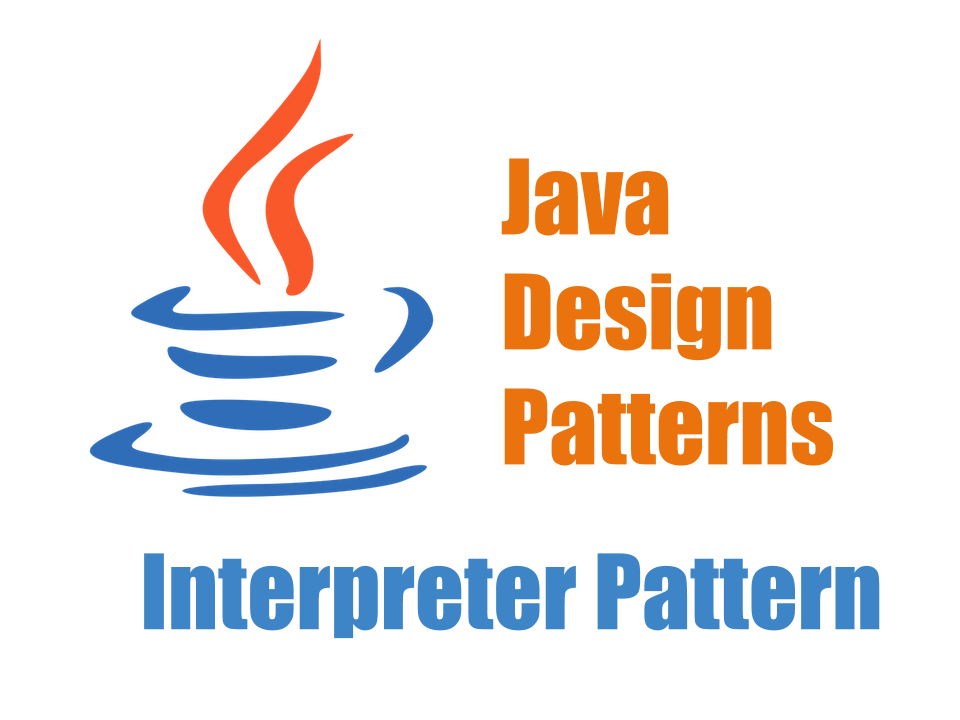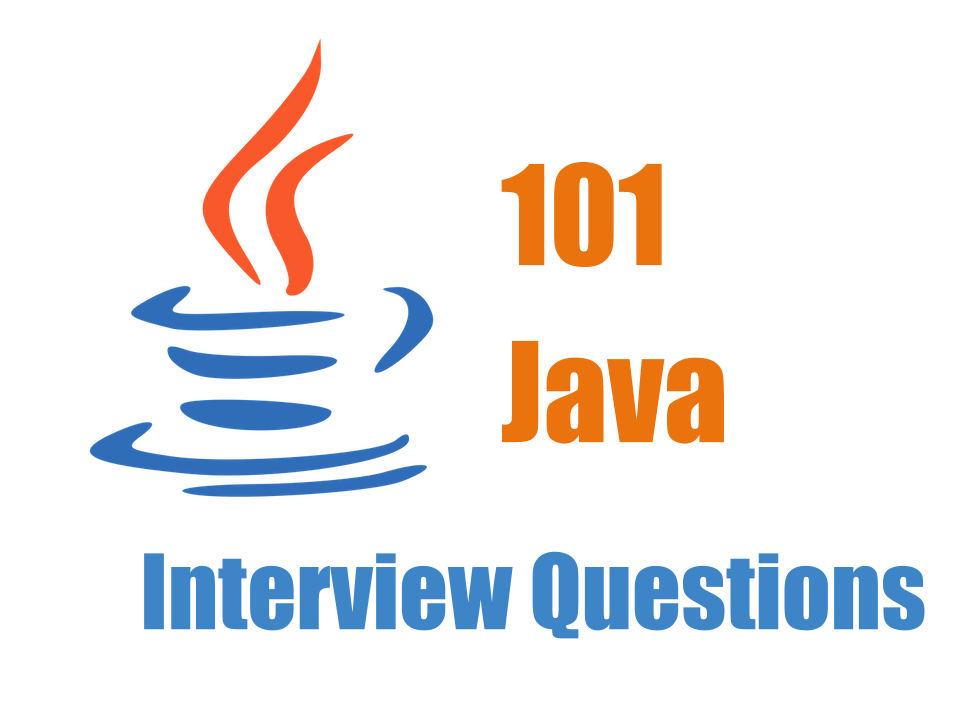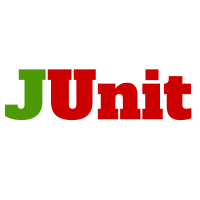Top 5 Frameworks for Java Developers
Java is one of the widely used programming languages. There are many useful Java frameworks available to write any Java-based web and mobile apps, REST APIs and Microservices easily. In this article we will see Top 5 Frameworks for Java Developers.
Frameworks are useful to focus on the main business logic of an application instead of writing other basic functionalities from scratch. These frameworks let you start a project easily and quickly. Java frameworks are available for both frontend and backend. Front end frameworks are for dealing with UI functionalities and backend frameworks are for server-side tasks.
There are plenty of frameworks and it is really not easy to find out the perfect one. In this post, we are listing down five mostly used Java frameworks with pros and cons for each. Go with a framework that fits your project requirement, not if it is used by everyone.
Let’s take a look at the list :
1. Spring Framework:
 Spring is a widely used Java Framework. It was released in 2003 as an open sourced project. Spring is lightweight and it is easy to integrate. Spring is also compatible with other frameworks like Kotlin and Groovy. It allows you to build enterprise level applications, micro services and web services.
Spring is a widely used Java Framework. It was released in 2003 as an open sourced project. Spring is lightweight and it is easy to integrate. Spring is also compatible with other frameworks like Kotlin and Groovy. It allows you to build enterprise level applications, micro services and web services.
One big advantage of the spring framework is that you can create loosely coupled for your application. It utilizes IOC or inversion of control design principle for that. It is a popular framework among Java developers. Its community is really huge and a lot of information is available on the internet.
It has a number of modules developed for different functionalities e.g. Spring AOP, Spring Core, Spring transaction, Spring MVC etc.
The main downside of this framework is that it is a complex framework and if you are totally new to Java, it may take some time to learn. Other than that it is a great framework, if you feel comfortable with Java, go for it.
Following are the pros and cons of spring framework :
Pros :
- Modular architecture that improves the readability of code . Modular architecture also helps in maintaining and adding new features to a project easily.
- Easy to integrate dependency injection
- Loose coupling between modules.
- Easy to setup and run a web-application or a service
Cons :
- Steep learning curve. MVC can be difficult for a newbie.
2. Hibernate Framework:
 Hibernate is used mainly for RDBMS or relational database management system. It is an object-relational mapping framework that makes it easy to develop Java applications with RDBMS. In simple words, object-relational mapping is used to convert data between two incompatible systems. It is an ORM framework, not a web framework. You can use Hibernate with any database you want. If a project deals with multiple databases, hibernate makes it simpler.
Hibernate is used mainly for RDBMS or relational database management system. It is an object-relational mapping framework that makes it easy to develop Java applications with RDBMS. In simple words, object-relational mapping is used to convert data between two incompatible systems. It is an ORM framework, not a web framework. You can use Hibernate with any database you want. If a project deals with multiple databases, hibernate makes it simpler.
One more advantage of hibernate is that it is really easy to scale. Scalability is an important part of software development. We can’t be sure how many users are going to use a piece of software if it is open to all.
As explained above, the biggest advantage of hibernate is its scalability and easy use with multiple databases. You can communicate with any database in hibernate with only a slight change in the current code base. Don’t think that hibernate is the perfect one. It’s main disadvantage is that it takes a lot of time for the restart and getting back to your original position. Also, you may lose all your data if the power goes off.
Pros :
- Easy to use with multiple databases. Database change is also easy as compared to other frameworks.
- Speed
- Easy to scale and configure
Cons:
- Slow restart process
- Possibility of data lost. If your server fails, you may lost your data.
3. Play Framework:
 Play makes it easier for developers to make changes with minimal effort. The Play framework is developed over Akka toolkit. It is an open sourced toolkit that runs on Java virtual machine. Due to its simplicity and ease of use, this framework is loved by a lot of Java developers. This is mainly used to create Java and Scala mobile and web applications.
Play makes it easier for developers to make changes with minimal effort. The Play framework is developed over Akka toolkit. It is an open sourced toolkit that runs on Java virtual machine. Due to its simplicity and ease of use, this framework is loved by a lot of Java developers. This is mainly used to create Java and Scala mobile and web applications.
The framework is based on a stateless, web-friendly and lightweight architecture. Play can be used with minimal resource consumption for developing highly scalable modern applications. Many top companies are using Play on their production applications.
You can edit the code in a text editor without using an IDE. It also provides hot reload. Write the code or make any changes and refresh the browser to get the changes. It uses an asynchronous model and supports non-blocking I/O operation, which is crucial for most modern apps. Play framework is an open source project with a large community of contributors.
Pros :
- Hot reload of code makes the development fast.
- Simple to use
- Non-blocking IO is supported
- Open sourced with a large community of developers.
Cons :
- Steep learning curve
4. Apache Struts:
 Struts is an open sourced framework started by Apache software foundation. It allows us to create enterprise level Java web applications easily. Currently Struts 2 is maintained by the community. Struts 2 was previously known as WebWork 2. Later, both Struts and WebWork communities joined together and Struts 2 was started.
Struts is an open sourced framework started by Apache software foundation. It allows us to create enterprise level Java web applications easily. Currently Struts 2 is maintained by the community. Struts 2 was previously known as WebWork 2. Later, both Struts and WebWork communities joined together and Struts 2 was started.
Apache struts is licensed under the Apache 2.0 license and as per their documentation, this license will be remain same in the future. If you want, you can also contribute to the codebase on Github.
Apache struts is used to create web application on MVC(model view controller) design pattern. It’s plugins are only Jar packages and you can easily add it to the class path of the application. You can easily add new piece of code and new elements to an existing code base. That makes the development and testing faster. Apache struts is also easy to integrate with other technologies like Hibernate or JDBC.
Pros:
- Well organized classes
- Easy to test new module and easy to add a new one.
- Fast development process.
Cons:
- Flexibility. Not very transparent.
- Hard to start for a beginner
5. JSF or JavaServer Faces:
 JavaServer Faces is developed and maintained by oracle. Basically it can be categorized into two parts. The first part is a set of APIs for dealing with the UI components like managing states, input validation, handling events, page navigation etc. The second part is a custom tag library for expressing a JavaServer faces interface inside a JavaServer Pages page.
JavaServer Faces is developed and maintained by oracle. Basically it can be categorized into two parts. The first part is a set of APIs for dealing with the UI components like managing states, input validation, handling events, page navigation etc. The second part is a custom tag library for expressing a JavaServer faces interface inside a JavaServer Pages page.
JavaServer Faces architecture is designed for ease of use. It separates the main application logic and the presentation layer. This makes the development process faster because if multiple developers are working on the same project, they can concentrate on their own layer independently. Also, it provides a simple way to connect these pieces together. A UI developer with no programming expertise can use its UI components tags to link the UI part to its actual codebase easily.
As it is developed by Oracle, they provides a detailed document to help you get started with. It is slightly complex to start with but of-course you can use it to build enterprise ready applications.
Pros:
- Maintained by Oracle.
- Good documentation.
- Organized project for development.
Cons:
- Complex to learn
- Slower performance than similar frameworks.




